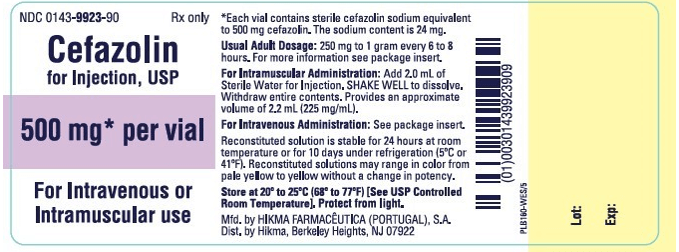The practical nurse (PN) is completing a focused assessment on a client who is prescribed oxygen at 3 liters per minute by nasal cannula. Which assessment finding by the PN requires immediate action?
The flowmeter shows 1 liter of oxygen being delivered
There is no humidifier atached to the delivery system
The client is lying in a supine position in the bed.
The cannula is pressed snugly against the client's cheeks.
The Correct Answer is A
A. This finding requires immediate action, as it indicates that the client is not receiving the prescribed amount of oxygen, which can compromise the oxygenation and perfusion of the tissues. The PN should adjust the flowmeter to deliver 3 liters per minute of oxygen, and check for any leaks or kinks in the tubing.
The other options are not correct because:
B. The absence of a humidifier does not require immediate action, as it is not a critical component of the oxygen delivery system. A humidifier can help moisten the dry oxygen and prevent mucosal irritation, but it is not essential for oxygenation.
CThe supine position does not require immediate action, as it is not a contraindication for oxygen therapy. The client may prefer this position for comfort or rest, and it does not affect the oxygen delivery or uptake.
D . The snug fit of the cannula does not require immediate action, as it is not a problem for oxygen therapy. The cannula should fit snugly against the client's cheeks to prevent dislodgment or slippage, and it does not interfere with the oxygen flow or diffusion.
Nursing Test Bank
Naxlex Comprehensive Predictor Exams
Related Questions
Correct Answer is B
Explanation
Choice A rationale:
Assessment of tobacco use geared toward adolescents is an important topic, but it may not directly address the immediate concerns related to the increase in suicides in the community. While substance abuse can be a risk factor for mental health issues, focusing on stress self-management techniques may be more relevant in this context as it can help adolescents cope with various stressors and emotions that could contribute to suicidal thoughts.
Choice C rationale:
Showing statistics on suicide rates may be informative but may not be the most engaging and effective approach to teaching adolescents about mental health. Statistics alone may not provide them with practical tools and strategies to manage their mental well-being.
Choice D rationale:
Providing handouts for local substance abuse treatment centers is important if substance abuse is a concern, but it may not address the broader issue of mental health and suicide prevention. The primary focus should be on teaching adolescents how to manage stress and emotions in a healthy way, as this can be a preventive measure for various mental health issues, including suicidal thoughts.
Correct Answer is ["1"]
Explanation
This is the correct answer because the concentration of cefazolin after reconstitution is 1 gram/2.5 mL, which is equivalent to 400 mg/1 mL. Therefore, to administer 400 mg of cefazolin, the PN should draw up 1 mL of the reconstituted solution. This can be calculated using the formula:
Desired dose / Available dose = Volume to administer
400 mg / 1000 mg = x mL / 2.5 mL
x = (400 x 2.5) / 1000
x = 1 mL

Whether you are a student looking to ace your exams or a practicing nurse seeking to enhance your expertise , our nursing education contents will empower you with the confidence and competence to make a difference in the lives of patients and become a respected leader in the healthcare field.
Visit Naxlex, invest in your future and unlock endless possibilities with our unparalleled nursing education contents today
Report Wrong Answer on the Current Question
Do you disagree with the answer? If yes, what is your expected answer? Explain.
Kindly be descriptive with the issue you are facing.
